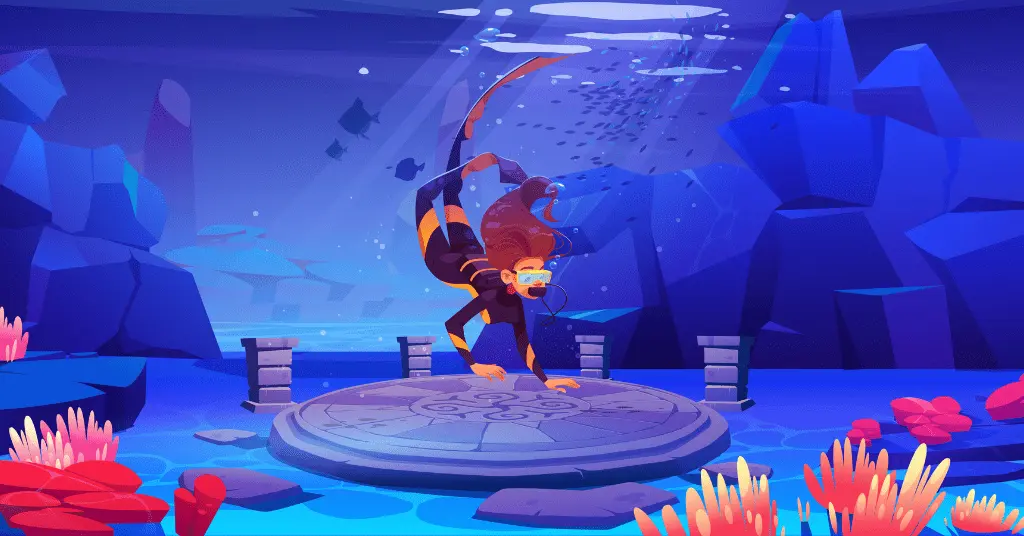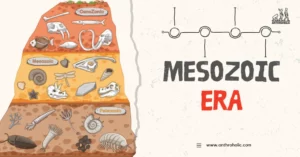AI Answer Evaluation Platform Live Now. Try Free Answer Evaluation Now
Underwater Archaeology
Underwater archaeology is a sub-discipline of archaeology that investigates human cultural and historical events that transpired underwater, such as shipwrecks, submerged cities, and ancient ports.

It combines the scientific analysis of submerged cultural artifacts with particular equipment and procedures.
- Site mapping: when a site has been located, underwater archaeologists employ surveying equipment such as total stations, compasses, and tape measures to construct precise maps of the site.
- Excavation: underwater excavations are done utilizing a range of specialized gear, including dredges, airlifts, and suction hoses.
- Conservation and preservation: submerged antiquities require specific conservation procedures to minimize deterioration and secure them from future destruction. This includes extensive washing, drying, and storage.
- Analysis: submerged objects and data are studied using a multitude of scientific processes, including radiocarbon dating, X-ray fluorescence, and DNA analysis.
Underwater archaeology has offered essential insights into human history and culture, including the origins of sailing, trade, and transportation. It has also led to the discovery of rare artifacts and aided to comprehend the narrative of bygone civilizations. But underwater archaeology also confronts considerable obstacles, including the restrictions of operating in a hostile and continually changing environment and the demand for specialized equipment and talents. However, the excavation of submerged ruins is subject to significant constraints and ethical difficulties related to the predicted influence on the environment and cultural heritage.
Recent underwater archaeology excavation
There have been numerous recent underwater archaeological digs throughout the world. Here are a few examples:
- The wreck of the USS Nevada: In 2020, researchers from the Scripps Institute of Oceanography in California finished an excavation of the wreck of the USS Nevada, a battleship that was sunk during the attack on Pearl Harbor in 1941. The scan utilizes high-resolution sonar to generate a 3D model of the wreck site, which will be used to assist plan future excavation.
- The drowned city of Thonis-Heracleion: In 2021, experts reported the finding of a fresh piece of the buried city of Thonis-Heracleion, an ancient Egyptian metropolis that was submerged in the Mediterranean Sea over a thousand years ago.
- The wreck of the HMS Terror: In 2019, a team of Canadian and Inuit researchers located the wreck of the HMS Terror, one of two ships that were lost during the ill-fated Franklin Expedition to the Arctic in the 1840s. The item was identified by side-scan sonar and a remotely piloted vehicle.
These are simply a tiny sampling of the innumerable exceptional underwater archaeological missions that have been done in recent years.
Importance of underwater archaeology in history
Underwater archaeology is crucial in history for numerous reasons:
It provides insights into the history of sailing and maritime trade: Underwater archaeology has discovered shipwrecks and other remains of ancient sailing and maritime trade, revealing how various civilizations linked with one another through trade and commerce.
It reveals the history of lost civilizations: Many submerged archaeological sites are the remnants of communities and individuals who were drowned due to natural catastrophes or rising sea levels. By investigating these relics, archaeologists may learn about the daily lives, customs, and beliefs of these bygone civilizations.
It helps to safeguard cultural heritage: Underwater archaeological sites are generally unusually well-preserved due to the lack of oxygen and light, which may cause organic things to decay.
It contributes to our understanding of the environment and climate change: Underwater archaeology may discover crucial data about ancient ecosystems and how they have developed through time. For example, the study of coral reefs and other underwater features may reveal information on climate change and its influence on the environment.
Lastly, underwater archaeology is a significant instrument for historians and archaeologists to get a deeper understanding of human history and culture, as well as the environment in which ancient civilizations lived.




